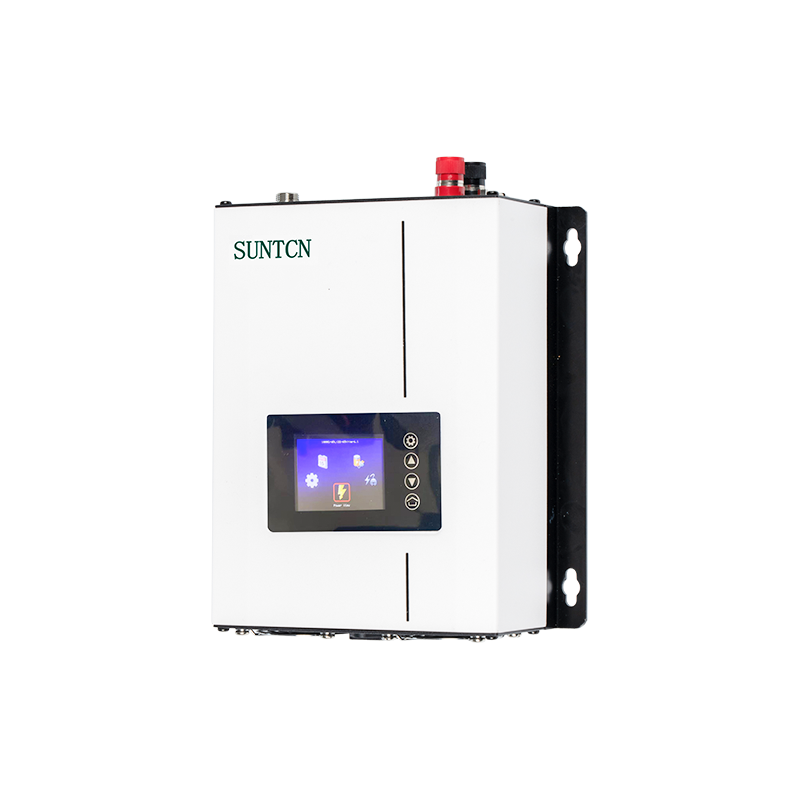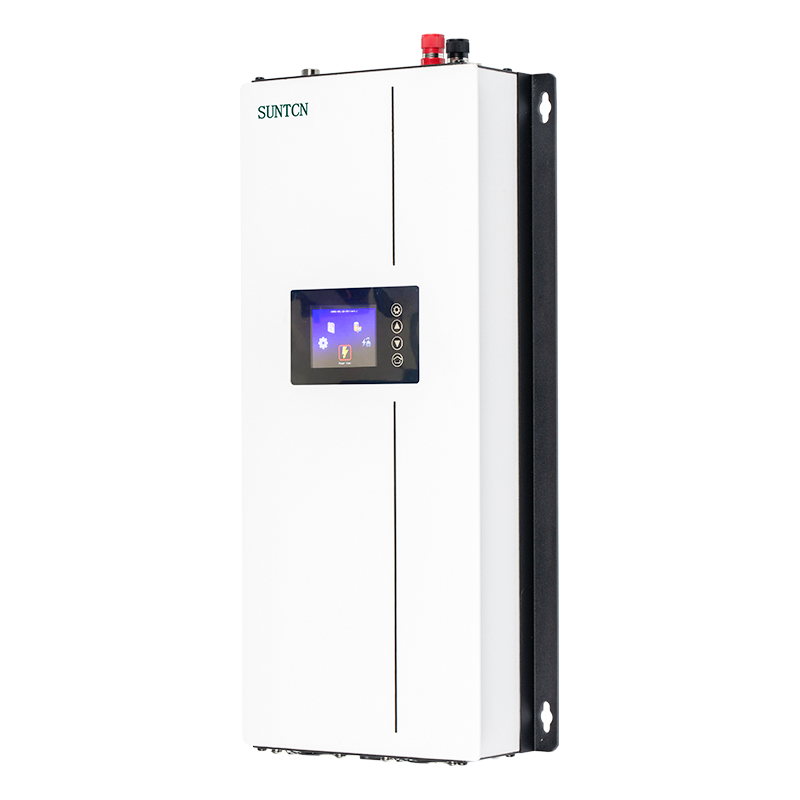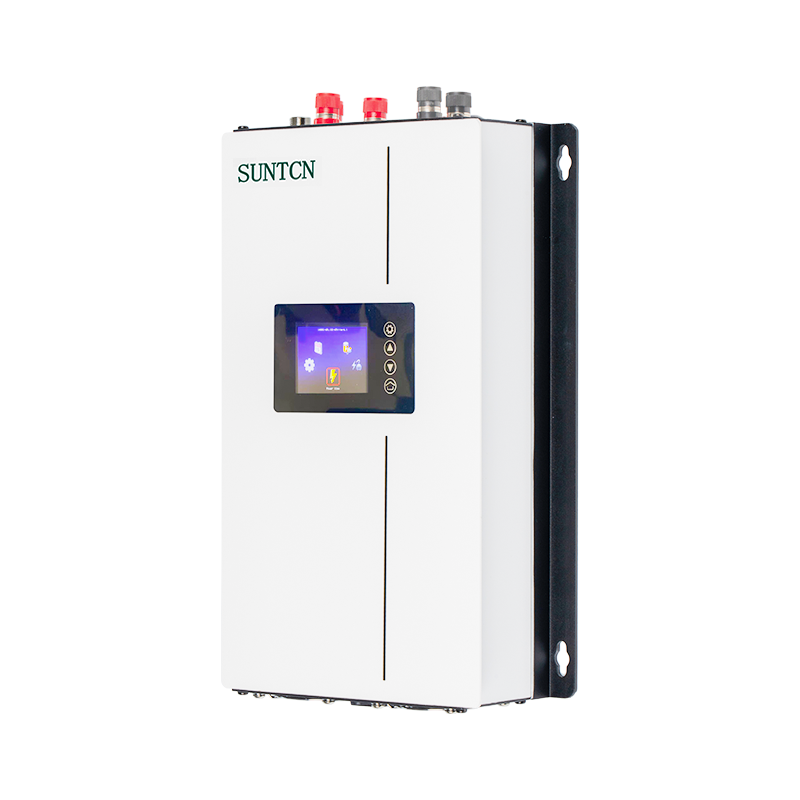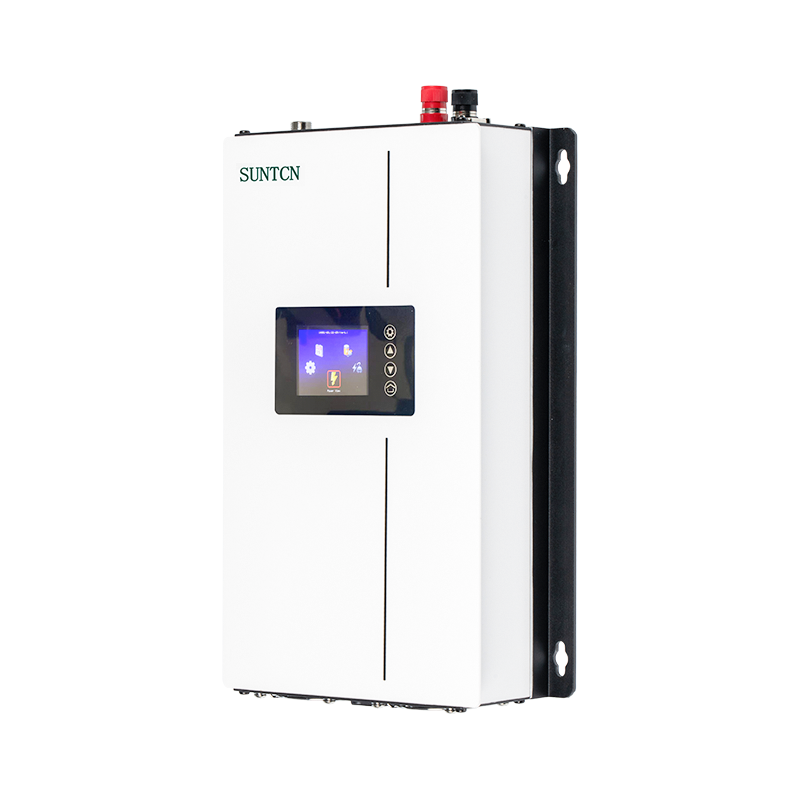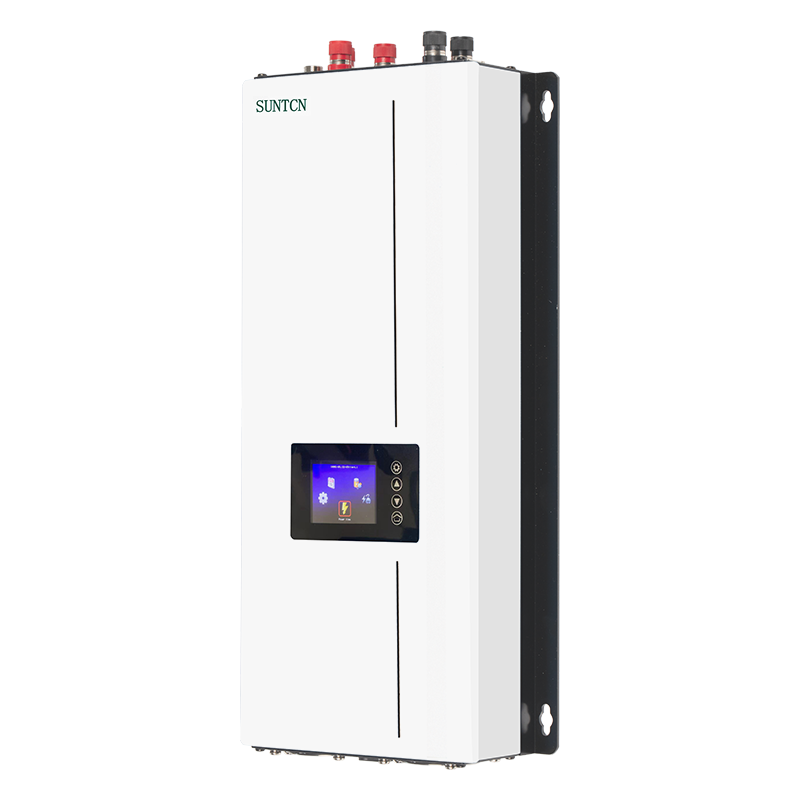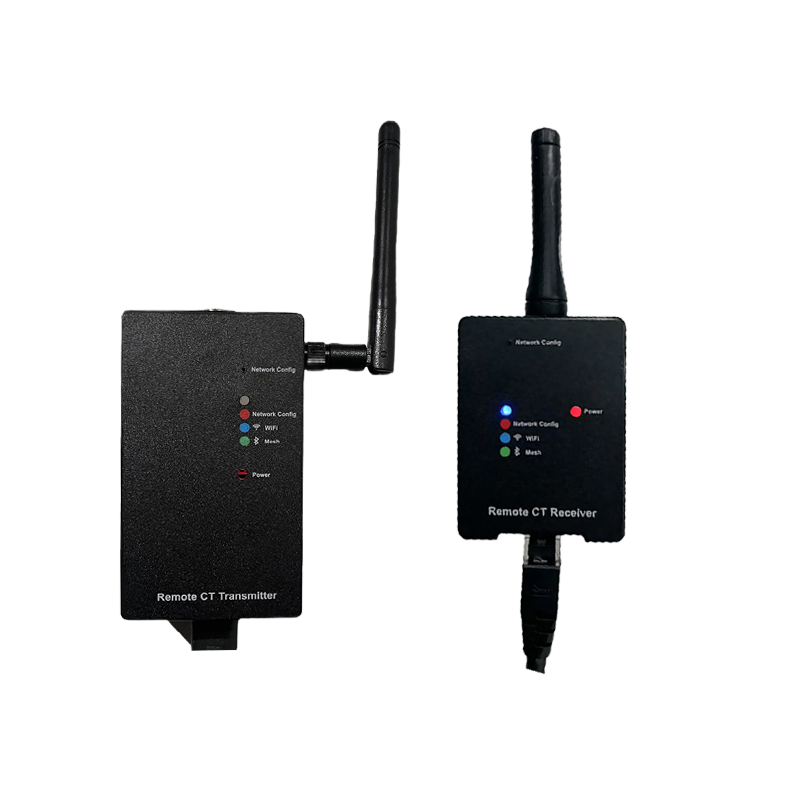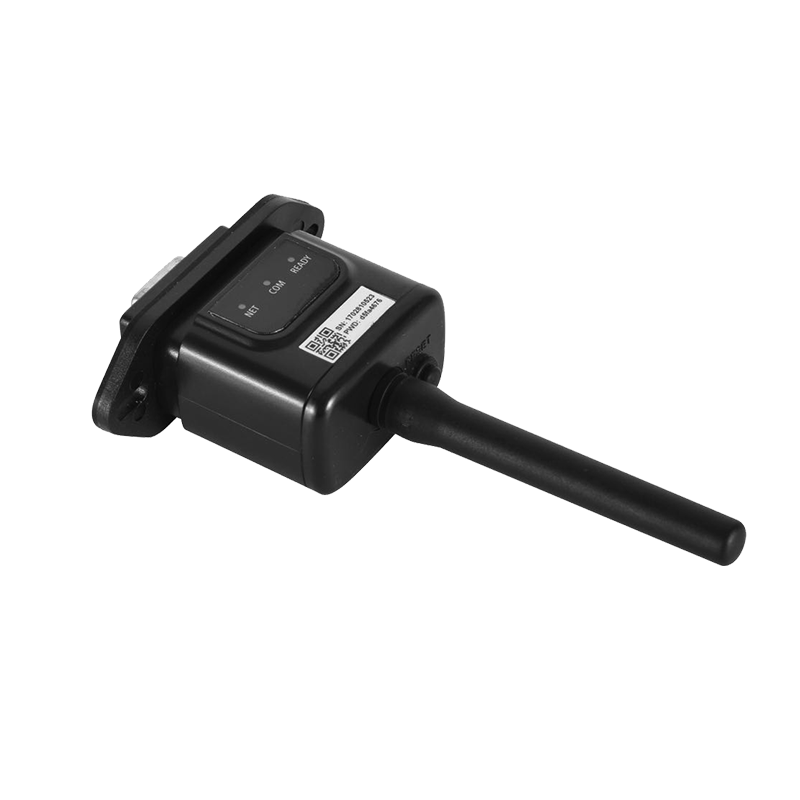Wind grid tie inverters typically support two main types of grid connections: single-phase and three-phase. The type of grid connection supported depends on the specific model and design of the inverter, as well as the application requirements. Here’s a breakdown of each type:
1. Single-Phase Grid Connection
Description:
Single-phase grid connections are common in residential and small commercial applications where the electrical distribution system operates on a single alternating current (AC) phase.
Features:
The inverter is designed to convert the direct current (DC) output from the wind turbine into a single-phase AC output that matches the grid’s voltage and frequency requirements.
Suitable for smaller-scale wind energy systems that do not require three-phase power distribution.
2. Three-Phase Grid Connection
Description:
Three-phase grid connections are used in larger commercial, industrial, and utility-scale applications where higher power capacities and balanced loads are required.
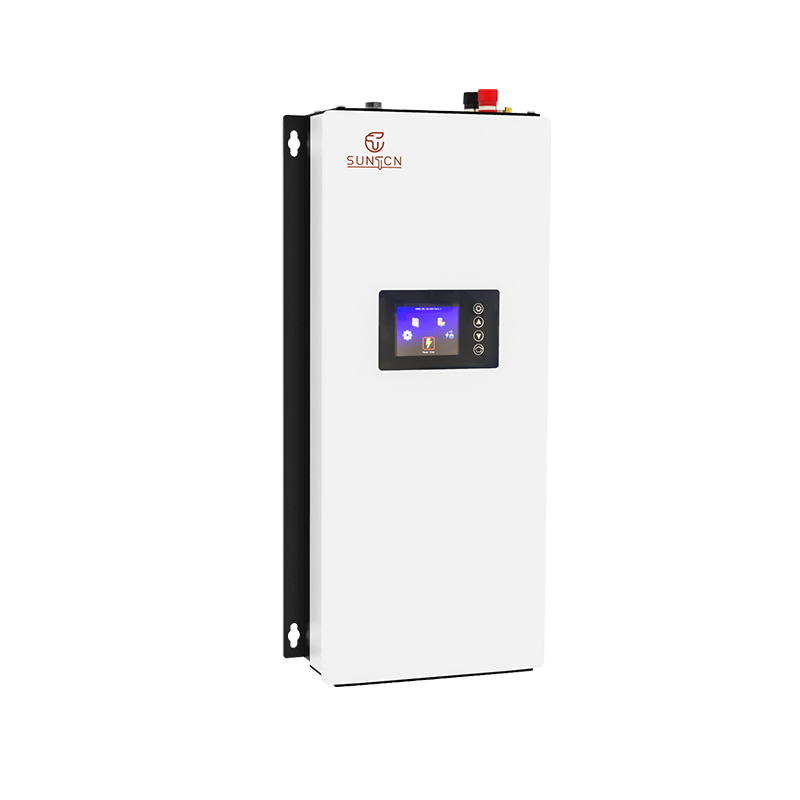
Features:
The inverter converts the DC output from the wind turbine into a three-phase AC output, typically providing higher power output and better efficiency compared to single-phase systems.
Ideal for larger wind turbines and installations where grid stability and balanced power distribution across three phases are critical.
Selection Criteria
Application Size:
The choice between single-phase and three-phase inverters depends on the size and capacity of the wind turbine system and the electrical requirements of the grid connection.
Grid Compatibility:
Ensuring the inverter’s output voltage and frequency match the grid’s specifications to facilitate seamless integration and compliance with local utility regulations.
System Design:
The inverter’s design and specifications, including power ratings, input voltage range, and operational efficiency, influence its suitability for either single-phase or three-phase grid connections.
Installation Considerations
Electrical Design:
Proper electrical design and configuration are crucial to ensure that the inverter and wind turbine system interface correctly with the grid, minimizing potential issues such as voltage imbalances or harmonic distortion.
Grid Standards and Regulations:
Compliance with local grid standards, codes, and regulations governing grid-tied renewable energy systems is essential to ensure safe and reliable operation.
Wind grid tie inverters are designed to support either single-phase or three-phase grid connections based on the application’s requirements, system size, and grid specifications. Choosing the appropriate type of inverter ensures efficient energy conversion, grid compatibility, and compliance with regulatory requirements for grid-tied wind energy systems.

 English
English Español
Español Deutsch
Deutsch